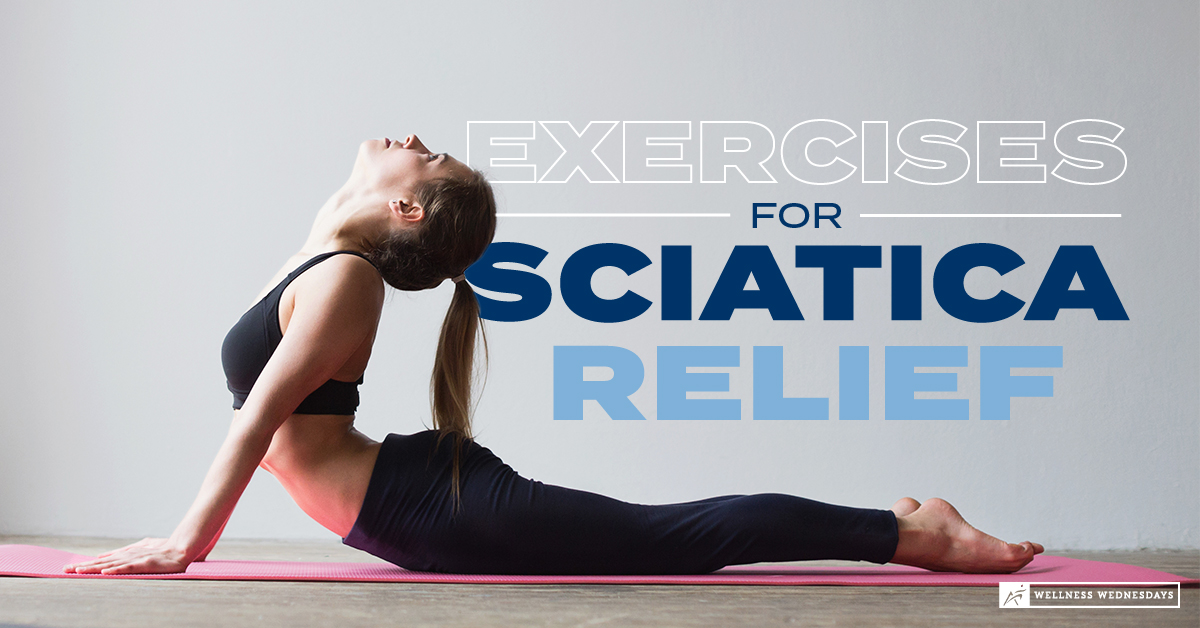
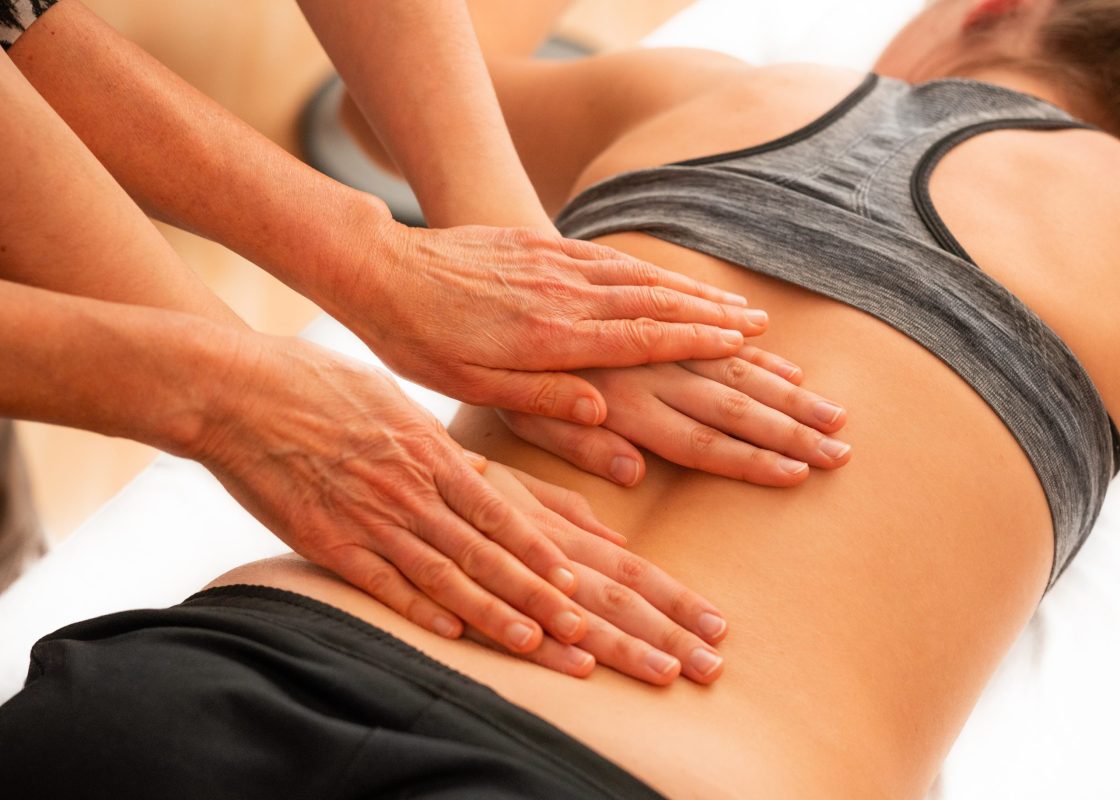

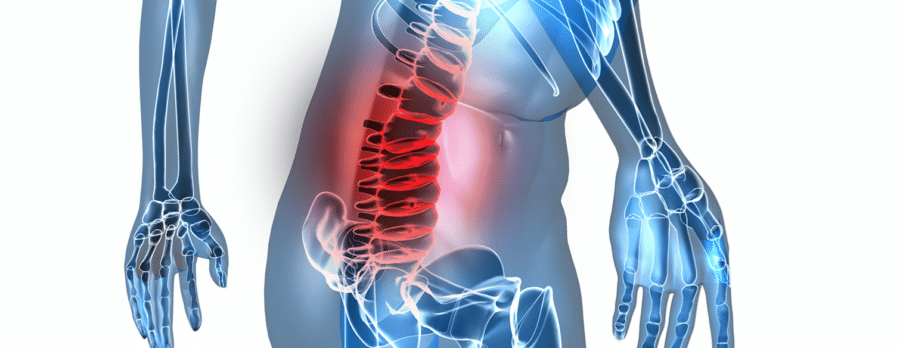


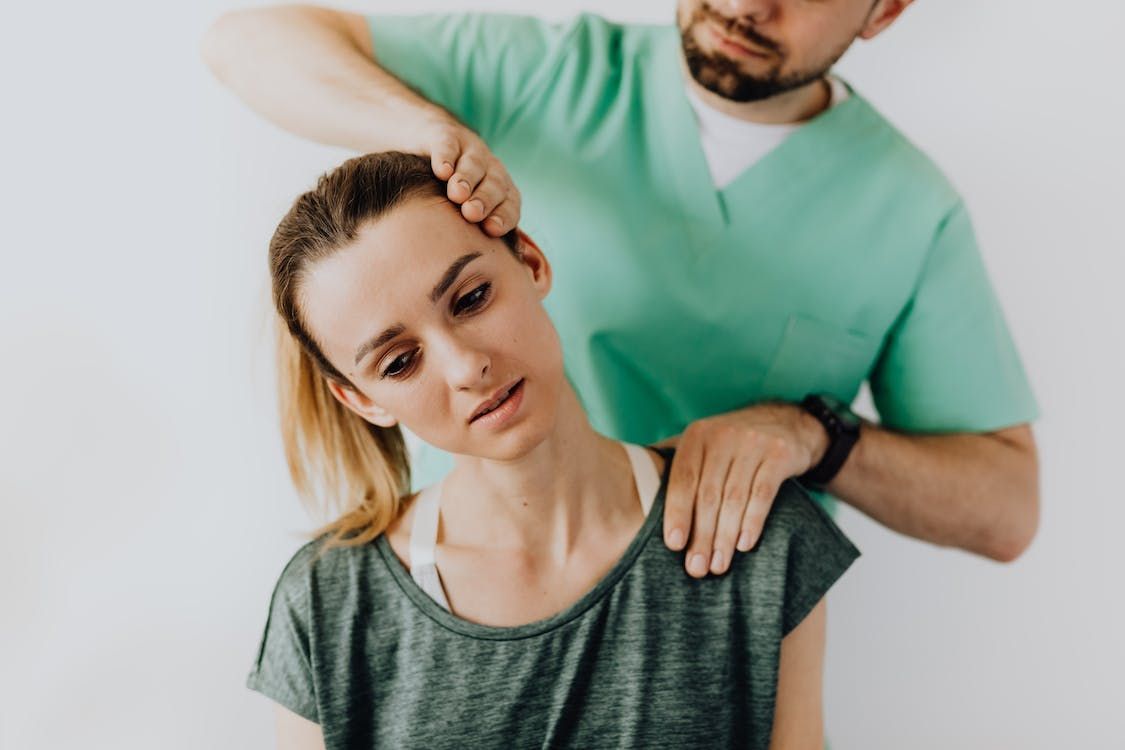

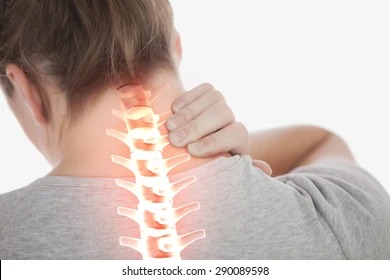
WEDNESDAY June 21, 2023, (HealthDay News). The phrase “pain-in-the-neck” is used to describe annoying people or situations that test our patience. But for those with neck...
Neck pain is common and it’s not hard to understand why when you consider the anatomy of the human body. The neck is made up of...
After getting tech neck, you may want to change the way you view phones. After getting tech neck, you may want to change the way you...


Disclaimer: This is sponsored content. All opinions and views are of the advertiser and do not reflect the same of FOX 17. Having trouble doing regular...
Working from home does not have to be a headache in the neck…or the back. More than 2,5 million people in the UK do not work...